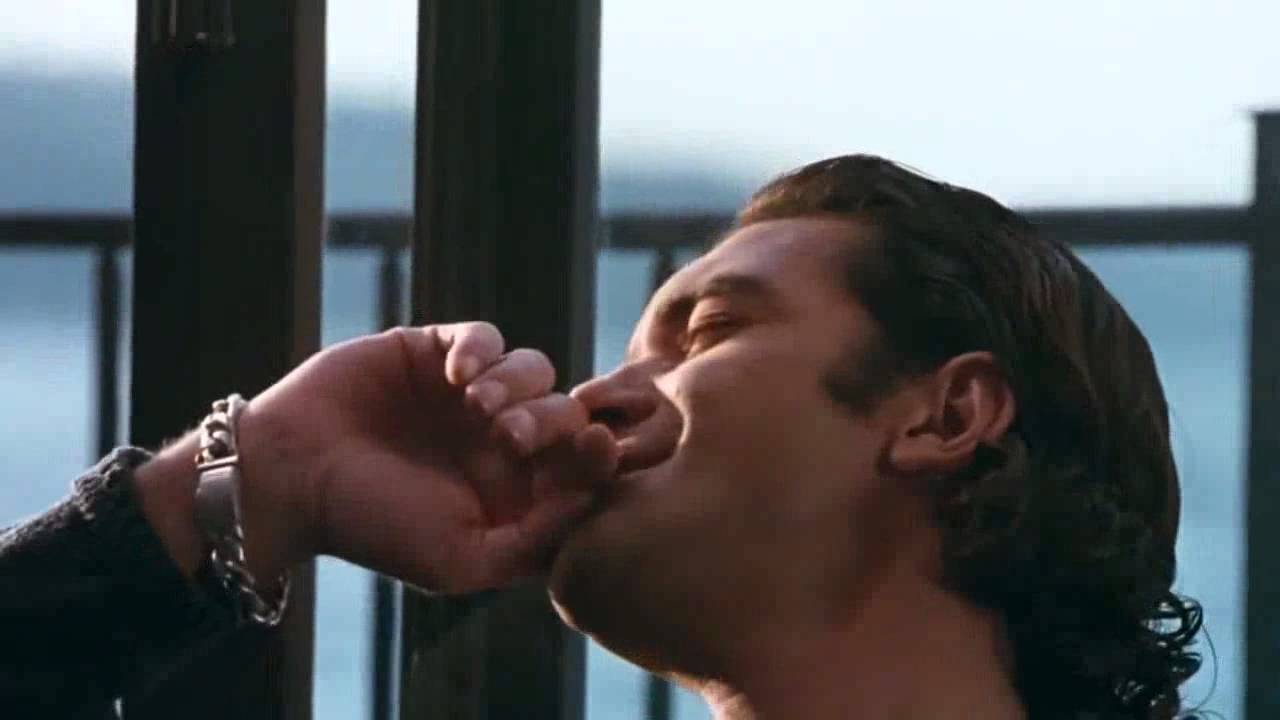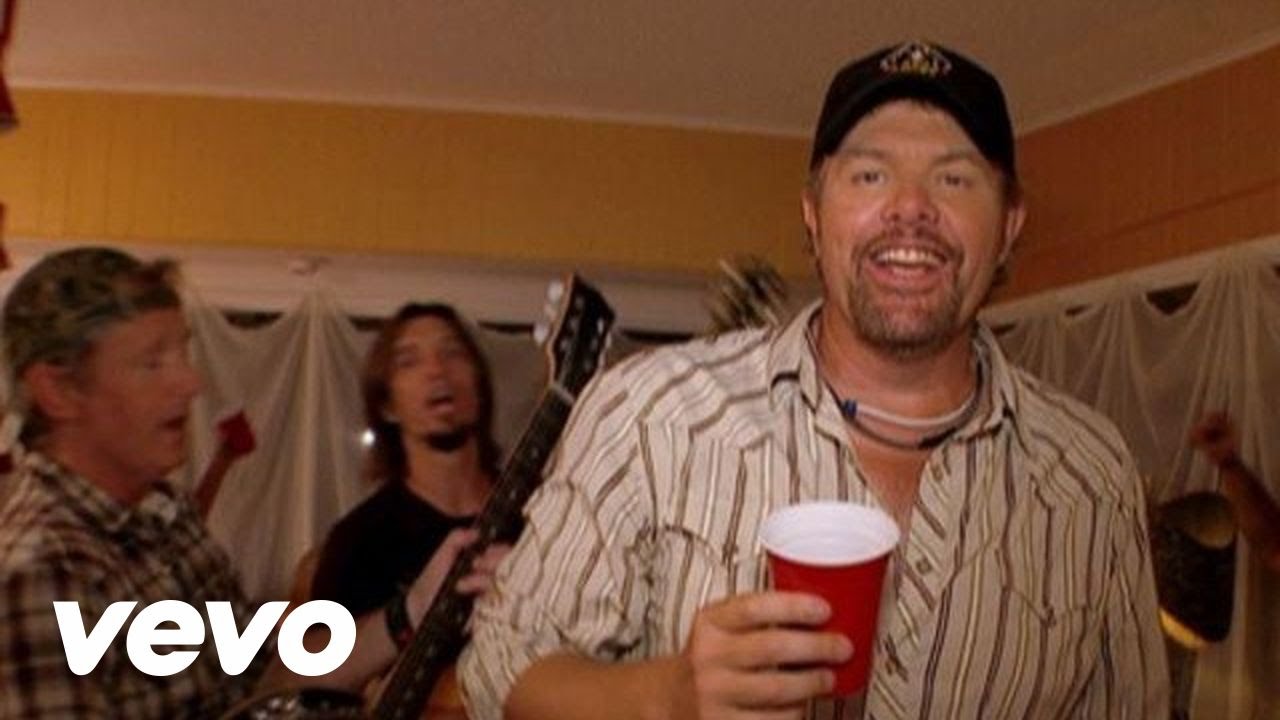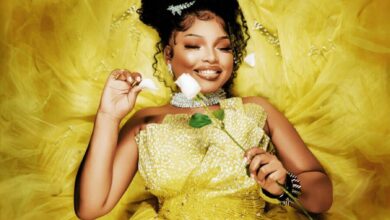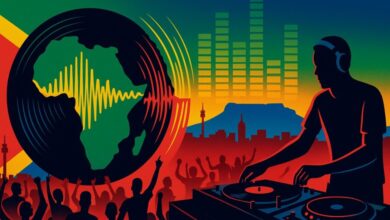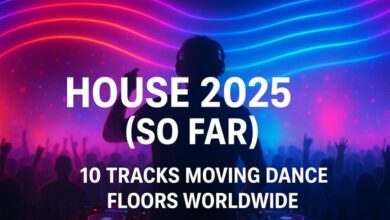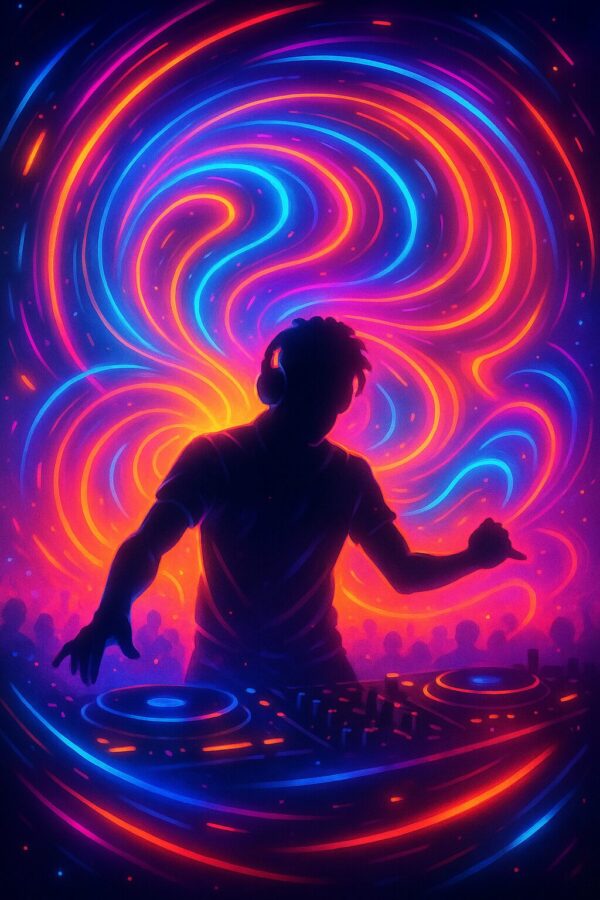
Few genres have shaped the landscape of modern dance music as profoundly as house music. Born in the underground clubs of Chicago in the early 1980s, house music blended the soul of disco with innovative electronic production, creating a hypnotic, four-on-the-floor beat that still pulses through dance floors today. Over the last four decades, house has spread across the globe, splintering into countless subgenres and inspiring new generations of DJs, producers and dancers. This article traces the origins of house music, chronicles its rise to mainstream popularity, explores its many subgenres, highlights influential artists and tracks, and examines its enduring cultural impact in the 21st century.
House’s beginnings are rooted in marginalized communities seeking safe spaces for self‑expression. From the gay clubs of Chicago’s south side to UK rave fields, house culture has always been about inclusion, joy, and the transformative power of rhythm. By following its story, we witness not only the evolution of a musical genre but also the social and technological changes that have propelled it forward.
Origins in Chicago (Late 1970s – Mid‑1980s)
Disco’s Demise and the Birth of a New Sound
House music emerged from the ashes of disco. In the late 1970s, disco’s mainstream popularity waned in the United States, culminating in events like Disco Demolition Night, where thousands of disco records were blown up in a Chicago baseball stadium. For many marginalized communities—particularly Black, Latino and gay audiences—disco had provided a sanctuary. When the mainstream turned its back on disco, these communities retreated to underground clubs, where DJs continued to play extended mixes of soul and disco records, blending them with electronic and funk influences.
The seeds of house music were sown in Chicago’s south side clubs, most notably The Warehouse, a converted warehouse located at 206 South Jefferson Street. The club was owned by Robert Williams and catered primarily to Black and gay audiences. Its resident DJ, Frankie Knuckles, became synonymous with the club’s sound. Knuckles combined soul, disco and European electronic records with creative manipulation of drum machines, reel‑to‑reel edits and dub techniques. According to several histories, his extended, hypnotic mixes laid the groundwork for what would become known as house music.
The Role of Technology
Technology played a crucial role in house music’s birth. Affordable drum machines (such as the Roland TR‑808 and TR‑909), synthesizers and samplers allowed DJs and producers to create entire rhythmic tracks outside of a studio. At The Warehouse and later the Power Plant, Frankie Knuckles used drum machines to layer beats over disco records, extending breakdowns and emphasizing the 4/4 pulse. Producers like Jesse Saunders, Jamie Principle, Marshall Jefferson and Larry Heard (a.k.a. Mr. Fingers) began experimenting with synthesizers and sequencers to craft original tracks. These tracks still relied on disco’s steady beat but stripped away lush orchestration in favor of raw machine rhythms and repetitive basslines.
Naming the Genre
By 1983–84, this new sound had spread beyond The Warehouse. Local record stores began labeling imported electronic records as “house music” to cater to DJs seeking the sound associated with Frankie Knuckles’ sets. Some credit the term “house” to an abbreviation of “Warehouse,” though others argue it comes from DJs creating “house tracks” using drum machines in their homes. Regardless of origin, the name stuck.
Early House Releases
In 1984, Jesse Saunders released a track called “On and On,” often cited as the first commercially released house record. The song combined a hypnotic bassline with a repetitive synth hook and a drum machine beat, reflecting the DIY nature of early house production. Shortly thereafter, Frankie Knuckles and vocalist Jamie Principle collaborated on “Your Love” and “Baby Wants to Ride,” tracks that would become defining classics of the genre. Meanwhile, Chip E. released “Time to Jack,” whose lyrics—“Time to jack”—encapsulated the early house dance style known as jacking, where dancers undulate their torsos to the beat. Other important early releases include “Move Your Body” by Marshall Jefferson, also dubbed “The House Music Anthem,” and Mr. Fingers’s “Can You Feel It,” which showcased a deeper, more melodic approach that would spawn the subgenre of deep house.
House Clubs and DJs
While The Warehouse is often credited as the cradle of house music, many other Chicago venues were crucial in its growth. The Music Box, run by DJ Ron Hardy, was notorious for its raw, energetic atmosphere. Hardy played tracks pitched up and manipulated the EQ to create intense sonic peaks. The club nurtured a grittier strain of house that would influence the emerging acid house sound. Another influential space was the Power Plant, where Frankie Knuckles continued to refine his sets after leaving The Warehouse. Meanwhile, radio shows like WBMX’s Hot Mix 5 broadcasted house to a wider Chicago audience, bringing the underground sound into homes and cars across the city.
Expanding Horizons: House Music Goes Global (Mid‑1980s – Early 1990s)
House Crosses the Atlantic
As local labels such as Trax Records and DJ International Records began pressing house singles, the sound quickly reached Europe. In the UK, Chicago house became a sensation among clubgoers and DJs seeking fresh dance sounds. The track “Love Can’t Turn Around” by Farley “Jackmaster” Funk and Jesse Saunders charted in the UK Singles Chart, becoming one of the first house hits outside the U.S. British DJs like Paul Oakenfold, Pete Tong and Danny Rampling championed house, hosting parties that introduced the music to a new audience.
In 1987–88, a cultural explosion known as the Second Summer of Love swept the UK. Inspired by a new strain of house called acid house, British clubbers embraced the scene’s ethos of unity and hedonism. Acid house was characterized by squelching basslines produced by the Roland TB‑303 synthesizer; tracks like “Acid Tracks” by Phuture and “Voodoo Ray” by A Guy Called Gerald became anthems. Pop‑up raves, often held in warehouses or fields, attracted thousands. Despite moral panics and police crackdowns, the UK rave scene firmly established house music as a global movement.
Detroit Techno and House
In neighboring Detroit, a parallel movement was happening. Artists like Juan Atkins, Derrick May and Kevin Saunderson—later dubbed the Belleville Three—were creating a futuristic, more mechanical style known as techno. While techno emerged separately, its minimalist beats and synthetic textures influenced house producers and vice versa. Kevin Saunderson’s group Inner City achieved crossover success with the house‑infused hit “Good Life,” blurring genre boundaries.
New York Garage and Jersey Sound
Meanwhile, New York City developed its own soulful variant of house known as garage (named after the Paradise Garage club). DJs like Larry Levan and Tee Scott emphasized soulful vocals, gospel‑influenced piano riffs and lush production. In neighboring New Jersey, producers like Blaze and Tony Humphries developed a distinct “Jersey sound” blending deep basslines and smooth R&B. These East Coast strains set the stage for later diva‑led house songs and vocal anthems in the 1990s.
Subgenres and Innovations (1990s)
By the early 1990s, house music had splintered into numerous subgenres. Each subgenre reflected different influences, geographical scenes and technological innovations. Here are some of the most notable:
1. Deep House
Deep house emerged in the late 1980s thanks to artists like Larry Heard (Mr. Fingers) and Marshall Jefferson. It retained the 4/4 beat but emphasized mellow chord progressions, jazzy influences and warm, atmospheric pads. Tracks like “Can You Feel It” and “Mystery of Love” created a meditative vibe. In the 1990s, labels like Nervous Records and Strictly Rhythm released deep house records, and artists such as Kerri Chandler, MAW (Masters At Work) and Mood II Swing kept the sound alive.
2. Acid House
Acid house was pioneered by the Chicago trio Phuture, whose 1987 track “Acid Tracks” showcased the squelching, resonant sound of the Roland TB‑303. Acid house’s hypnotic basslines and minimal structure made it ideal for long DJ sets and rave culture. While it originated in Chicago, acid house found its spiritual home in the UK, fueling the rave scene.
3. Garage and Jersey House
As noted, garage house emphasized soulful vocals and gospel overtones. Vocalists like CeCe Rogers (“Someday”), Robert Owens and Ultra Naté gave house an emotionally uplifting dimension. Producer–DJ duo Masters At Work (Louie Vega & Kenny “Dope” Gonzalez) blended house with Latin, jazz and R&B influences, releasing classics such as “Deep Inside” and “I Can’t Get No Sleep.”
4. Tribal and Afro House
Producers in the early 1990s also explored African and Latin rhythms, giving rise to tribal house and later Afro house. Ten City and Danny Tenaglia used percussion and chants, anticipating the current resurgence of Afro house from South Africa.
5. French House / Filter House
In the mid‑1990s, French producers pioneered a subgenre blending house with disco and funk. Acts like Daft Punk, Cassius, Stardust and Bob Sinclar used “filtering” techniques—looping and reshaping disco samples to create a warm, nostalgic sound. Songs like “Music Sounds Better with You” by Stardust and Daft Punk’s “Around the World” brought French house to mainstream charts. This subgenre also influenced filter disco and later modern nu‑disco movements.
6. Progressive House
Progressive house emerged in the early 1990s in the UK, characterized by longer track structures, evolving textures and a more atmospheric approach. Producers such as Sasha, John Digweed, Leftfield and BT pioneered progressive house, culminating in landmark mixes like Sasha & Digweed’s “Northern Exposure.” Progressive house later evolved into progressive trance and melodic house variants.
7. Hard House and UK Hard House
Known for its aggressive tempo and pounding beats, hard house developed from the mid‑1990s UK club scene. DJs like Tony De Vit and Lisa Lashes made hard house a staple of late‑night clubbing, often merging with hard dance and happy hardcore.
8. Chicago Ghetto House and Juke
Back in Chicago, the early 1990s saw the emergence of ghetto house, characterized by minimalist beats and explicit lyrics. Pioneers like DJ Funk, DJ Deeon and Paul Johnson created tracks built on the TR‑909’s pounding kick drum and simple looped samples. Ghetto house laid the groundwork for footwork/juke, a hyper‑fast, rhythmically complex style that would flourish in the 2000s.
9. Tech House
By the late 1990s, producers merged house’s groove with techno’s precision, birthing tech house. Artists like Terry Francis, Mr. C, Carl Cox and Laurent Garnier championed this hybrid, which continues to dominate dance floors worldwide.
House Music Hits the Mainstream (1990s – 2000s)
Chart Success and Pop Crossover
House music broke into the mainstream charts in the early 1990s. Tracks like “Show Me Love” by Robin S., “Finally” by CeCe Peniston, and “I’m Every Woman” (house remix) brought the sound to radio. In 1994, the Italian group Black Box and their song “Ride on Time” became a UK number one. The success of “Gypsy Woman (She’s Homeless)” by Crystal Waters further cemented house’s mainstream appeal.
As the decade progressed, house continued to cross over. “Free” by Ultra Naté, “Groove Is in the Heart” by Deee‑Lite and “Rhythm of the Night” by Corona were global hits. These songs combined catchy vocal hooks with danceable beats, introducing house to pop audiences. The late 1990s also saw the rise of superclub DJs like Carl Cox, Sasha, Deep Dish, Danny Tenaglia and Roger Sanchez, who achieved celebrity status and commanded high fees for their DJ sets.
Superclub Culture
In the late 1990s and early 2000s, superclubs like Cream in Liverpool, Ministry of Sound in London, Pacha in Ibiza and Space in Miami became hubs of house culture. These venues attracted international DJs and tens of thousands of clubbers. Ibiza, in particular, emerged as a Mecca for house and trance, with DJs such as David Guetta, Erick Morillo and Bob Sinclar headlining massive parties.
Electro House and EDM (2000s – early 2010s)
By the mid‑2000s, a new wave of house called electro house dominated clubs. It featured aggressive synths, crisp percussion and stadium‑sized drops. Pioneers like Benny Benassi, Steve Angello, Sebastian Ingrosso and Deadmau5 helped popularize the sound. Electro house soon merged with pop, giving rise to the mainstream EDM boom of the late 2000s and early 2010s. Artists like David Guetta, Calvin Harris, Afrojack, Swedish House Mafia and Avicii created radio‑friendly anthems—e.g., “Titanium,” “Levels” and “Don’t You Worry Child”—that brought house‑infused EDM to global festival stages. While some purists criticized EDM for its formulaic structure, its popularity cannot be overstated.
House Music in the Digital Age (2010s – 2020s)
Resurgence of Underground Sounds
With mainstream EDM saturating the airwaves, a counter‑movement arose that emphasized the roots of house. DJs and producers sought deeper grooves, rawer textures and a return to the soulful spirit. The deep house revival saw artists like Solomun, Maceo Plex, Jamie Jones, Kerri Chandler, Maya Jane Coles and Disclosure bringing smooth, bass‑heavy rhythms back to prominence.
In parallel, tech house exploded in popularity, with labels like Hot Creations, Dirtybird and elrow releasing bouncy, playful tracks that dominated clubs. Festivals such as Tomorrowland, Awakenings and Ultra dedicated stages to tech and deep house.
Afro House and Amapiano
One of the most exciting developments of the 2010s was the international recognition of Afro house and amapiano from South Africa. Producers like Black Coffee, Shimza, Culoe De Song and Sun‑El Musician fused house with African rhythms and vocals, creating spiritual, percussive tracks. Black Coffee’s world tours and collaborations with Drake (“Get It Together”) introduced Afro house to global audiences. Meanwhile, amapiano, a South African genre built on jazzy chords, log drums and mid‑tempo grooves, became a phenomenon. Artists like Kabza De Small and DJ Maphorisa produced amapiano tracks that dominated charts and influenced house producers worldwide.
Ghetto House Evolution: Footwork and Juke
Chicago’s ghetto house legacy evolved into footwork, characterized by frenetic 160 BPM beats and minimal, stuttering samples. Pioneered by RP Boo, DJ Rashad and the Teklife crew, footwork supported intricate dance battles and gained international recognition through releases on labels like Planet Mu.
The Streaming Era and Bedroom Producers
The democratization of music creation through affordable software and platforms like SoundCloud and Bandcamp empowered a new generation of house producers. Bedroom artists could reach global audiences overnight. Lo‑fi house—a niche subgenre using vintage samples and tape hiss—emerged through artists like Ross From Friends and DJ Boring. Meanwhile, labels such as Lobster Theremin and Shall Not Fade nurtured underground talent.
Pandemic Impact and Livestreaming
The COVID‑19 pandemic in 2020 shuttered clubs worldwide, but house music persisted. DJs turned to livestreaming platforms (Twitch, YouTube Live) to connect with audiences. Virtual festivals and boiler‑room‑style streams kept the scene alive. When clubs reopened, pent‑up energy led to an explosion of events, with house music at the forefront of the dance revival.
Influential House Music Artists and Tracks
House music’s history is marked by iconic tracks and visionary artists. Below is a selection of influential figures whose contributions defined and redefined the genre:
Frankie Knuckles
Often called the Godfather of House, Frankie Knuckles shaped the sound and ethos of house music through his DJ sets at The Warehouse and the Power Plant. His collaborations with Jamie Principle produced timeless classics like “Your Love” and “Baby Wants to Ride.” Knuckles’ warm, uplifting style laid the foundation for countless producers.
Marshall Jefferson
Jefferson’s 1986 track “Move Your Body (The House Music Anthem)” is widely considered one of house music’s definitive songs. Its piano riff and driving rhythm set the template for piano‑house anthems. Jefferson also produced tracks like “Open Your Eyes” and co‑wrote Ten City’s hits.
Larry Heard (Mr. Fingers)
Known for his atmospheric, soulful style, Larry Heard pioneered deep house with tracks like “Can You Feel It” and “Mystery of Love.” Heard’s music infused house with emotion and musicianship, influencing generations of producers.
Jesse Saunders
Saunders released one of the earliest house records, “On and On,” and helped promote the genre through his label, Jes Say Records.
Jamie Principle
With a falsetto voice and poetic lyrics, Jamie Principle added depth to early house records. His collaborations with Frankie Knuckles produced some of house’s most enduring songs.
Ron Hardy
DJ at Chicago’s Music Box, Hardy’s relentless, experimental mixing style influenced acid house and beyond. He championed Phuture’s “Acid Tracks” and was unafraid to pitch records up to create a frenetic energy.
Todd Terry
New York producer Todd Terry fused house with hip‑hop breaks, helping to create hip house and pushing house into mainstream charts with tracks like “Can You Party.”
Masters At Work (Louie Vega & Kenny Dope)
This production duo blended deep house, Latin rhythms, jazz and soul, producing a vast discography that includes “The Nervous Track,” “I Can’t Get No Sleep,” and remixes for artists like Michael Jackson. Their label MAW Records championed diverse house sounds.
Daft Punk
The French duo’s 1997 debut album Homework and singles like “Around the World” and “Da Funk” brought French house to a global audience. Their 2000 hit “One More Time” remains one of house music’s biggest crossover songs.
Swedish House Mafia
Comprised of Axwell, Steve Angello and Sebastian Ingrosso, Swedish House Mafia spearheaded the EDM wave with hits like “One (Your Name)” and “Don’t You Worry Child.” Their blend of house and stadium‑sized drops dominated early 2010s festival circuits.
Black Coffee
The South African DJ/producer brought Afro house to global stages. His soulful productions and collaborations (with Drake and David Guetta) highlight the genre’s richness.
Peggy Gou
South Korean DJ and producer Peggy Gou gained international acclaim with tracks like “Starry Night,” blending house with Korean lyrics and groove. Her style represents the new generation of globally minded house artists.
Honey Dijon
Chicago‑born DJ Honey Dijon champions the queer, Black roots of house music. Her sets bridge classic house, disco and techno, while her fashion‑industry collaborations showcase house culture beyond clubs.
Selected House Anthems
Below is a small sample of house tracks that illustrate the genre’s breadth. Click the links to hear these classics:
-
- “Your Love” – Frankie Knuckles & Jamie Principle:
-
- “Move Your Body” – Marshall Jefferson:
-
- “Can You Feel It” – Mr. Fingers
-
- “Voodoo Ray” – A Guy Called Gerald
-
- “Someday” – CeCe Rogers
-
- “Music Sounds Better with You” – Stardust
-
- “One More Time” – Daft Punk
-
- “Levels” – Avicii
-
- “Get It Together” – Drake feat. Black Coffee & Jorja Smith
Cultural Impact
Dance and Fashion
House music shaped dance culture. Early Chicago clubbers developed a style known as jacking, where dancers undulated their torsos to the beat. In the UK, the acid house era gave rise to the “summer of love” aesthetic of baggy clothing, smiley face motifs and rave fashion. House dance forms like voguing (popularized by the LGBTQ+ ballroom scene) and waacking have been integrated into mainstream choreography.
House culture also influenced fashion designers. Brands like Diesel, Alexander Wang and Louis Vuitton have collaborated with DJs or incorporated rave aesthetics into their collections. In 2019, the late fashion designer Virgil Abloh (who was also a DJ) launched a house‑inspired capsule for Louis Vuitton.
Social Spaces and Inclusivity
House music created safe spaces for marginalized communities—Black, Latino, gay, trans and working‑class clubbers—to express themselves. The inclusive ethos of “love is the message” remains a hallmark of house culture. Even as the genre entered mainstream festivals, many underground parties continue to prioritize diversity and LGBTQ+ representation. Organizations like Black Girls Drink and Club Chai champion diversity in DJ lineups.
Political and Spiritual Dimensions
House music often carries political and spiritual messages. Tracks like “Promised Land” by Joe Smooth envision a utopian world of unity. The vocal house movement of the 1990s frequently used gospel‑inspired lyrics about liberation and collective joy. During the AIDS crisis, house clubs provided solace and raised funds for affected communities. In the 2010s, DJs like Honey Dijon used their platforms to advocate for trans rights, while events like Black Madonna’s activism emphasized dance music’s roots in Black and queer culture.
Influence on Other Genres
House’s influence extends to hip‑hop, R&B, pop and even rock. In the 1980s, hip house artists like Jungle Brothers and Fast Eddie blended rap lyrics with house beats. R&B artists such as Mary J. Blige and Whitney Houston released house remixes of their songs. Madonna’s 1992 hit “Vogue” drew from ballroom house culture. In recent years, pop stars like Beyoncé (“Break My Soul”) and Drake (“Honestly, Nevermind”) have embraced house rhythms, bringing the genre back to mainstream charts.
House Music and Technology
House music continually evolves with technology. From analog drum machines and vinyl turntables to digital audio workstations (DAWs) and streaming platforms, new tools shape how producers create, distribute and DJ house music. DJ software like Serato, Traktor and Rekordbox allow seamless mixing, while platforms like Bandcamp and Patreon enable independent artists to reach fans directly. The rise of AI‑assisted production hints at future possibilities for generative house music.
House Music in 2025 and Beyond
As of 2025, house music remains a dynamic and diverse field. Tech house continues to dominate club charts, while Afro house and amapiano influence dance floors worldwide. Deep house maintains a steady following, and new cross‑genre experiments emerge daily. Festivals like Tomorrowland, Coachella and Sunburn allocate prime stage time to house DJs, while streaming platforms curate house‑focused playlists and editorial content.
Recent years have seen major pop artists adopt house influences: Beyoncé’s Renaissance album (2022) celebrated disco and house heritage; Drake’s Honestly, Nevermind (2022) surprised listeners with an almost entirely house‑driven sound. Meanwhile, underground scenes in cities such as Johannesburg, São Paulo, Berlin, Lisbon and Seoul nurture localized house styles. The global house community remains connected through social media, livestreams and a shared commitment to dancefloor liberation.
Looking ahead, the genre’s ethos of inclusivity and innovation will likely continue to inspire music creators and fans alike. From community‑run radio stations to mega‑festivals, house music thrives wherever people come together to celebrate rhythm and unity.
House music’s journey from Chicago’s dimly lit warehouses to global festival stages is a testament to the power of a beat. Rooted in Black and LGBTQ+ spaces, house emerged as a sanctuary for people marginalized by mainstream society. Its four‑on‑the‑floor pulse invited dancers to lose themselves in euphoria while its repetitive grooves cultivated hypnotic collective experiences. Over four decades, house has evolved, splintered, fused with other genres and continually reinvented itself.
Today, house is both a mainstream phenomenon and an underground lifeline. It lives in Spotify charts and underground Twitch streams, in music therapy sessions and fitness classes, on runway catwalks and in protest marches. Whether you prefer the soulful vocals of classic garage, the psychedelic squelch of acid, the steady thump of tech house or the warm textures of deep house, the spirit of house remains the same: freedom, inclusion, joy and the transformative power of dance.
As we move further into the 21st century, one thing is certain—house music is here to stay, and its story continues to unfold, inviting new generations to feel the beat and join the dance.
Citation Note
The details about house music’s early origins at Chicago’s Warehouse and the role of Frankie Knuckles, as well as the term “house music” evolving from the club’s name, are supported by the historical records referenced in search results

